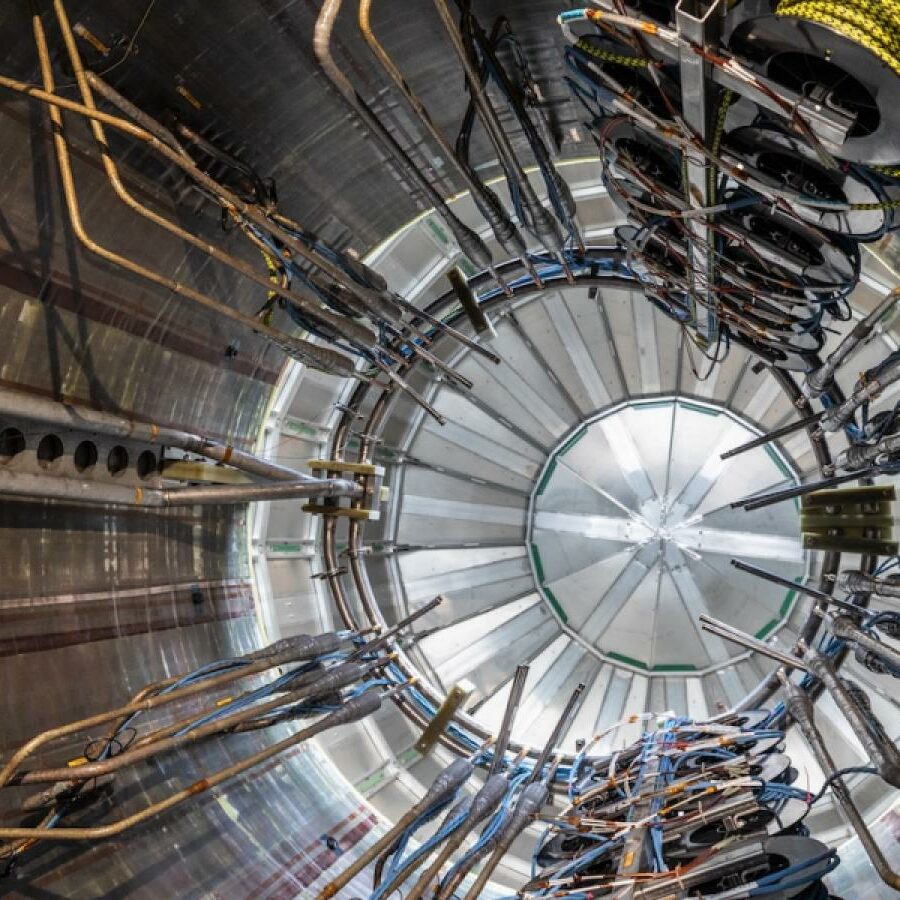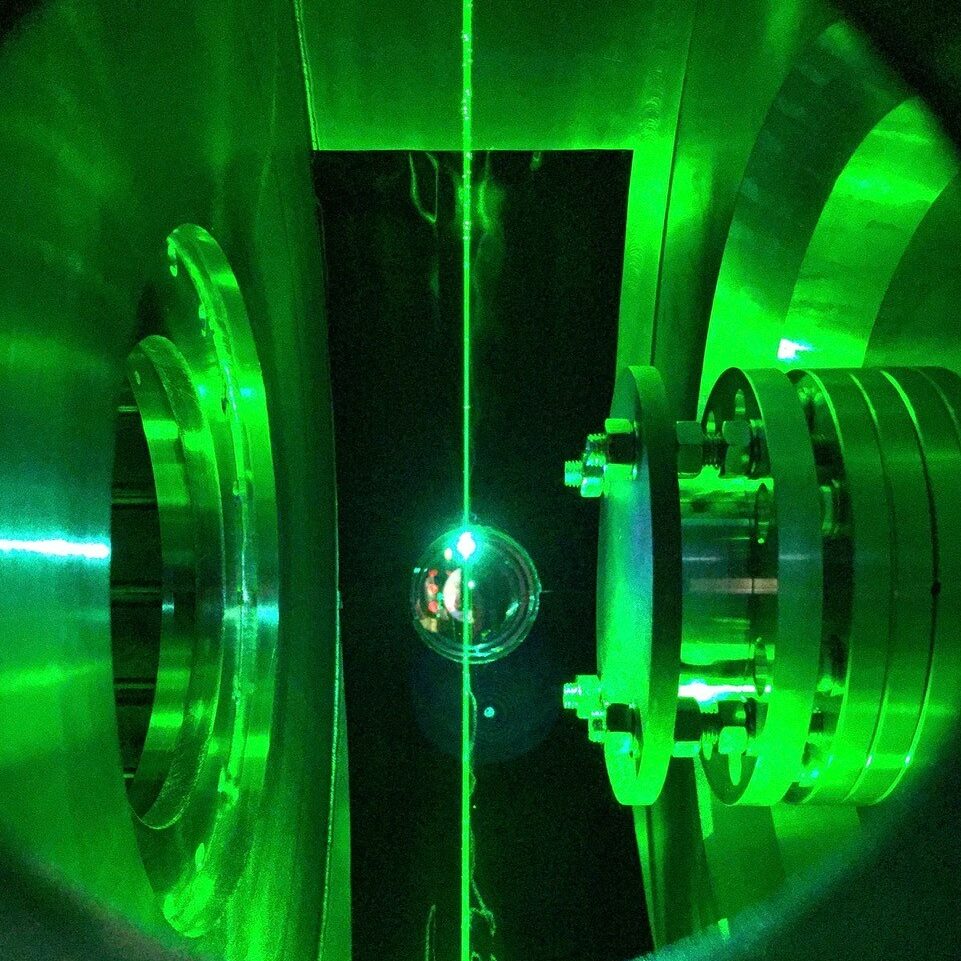The science
The Material Plasma Exposure eXperiment will address several scientific questions in the area of Plasma Materials Interactions (PMI) that are crucial for the future sustainable production of fusion energy.

Strongly coupled plasma-material interactions
In a tokamak, plasma is confined by a magnetic field. At the edge of the plasma, where the magnetic field lines intersect with the fusion reactor wall, the plasma is in a strongly coupled state with the material surface.
This interaction produces erosion on the material surface, generating by-products that get trapped in the plasma and return to the surface in a modified form. This plasma-surface interaction determines the plasma composition in front of the target and the material structure, which is why fusion scientists have a strong interest in studying it.
One thing that makes MPEX different from other devices studying strongly coupled plasma-material interactions is its versatile design. On MPEX, scientists can independently adjust plasma parameters—such as electron and ion temperature, as well as electric and magnetic fields—in front of the material surface to investigate different possible scenarios of strongly coupled plasma-material interactions. This capability places MPEX as a next-generation advanced plasma device with the ability to adapt to answer present and future questions.

Development and testing of plasma-facing materials and components
In order to make fusion a sustainable and economical source of energy, future fusion reactors will need to operate consistently for at least a couple of years without having to replace significant parts every few months for damage caused by extreme conditions: temperatures hotter than the center of the sun, magnetic fields hundreds of thousands of times stronger than the earth’s, and neutrons energetic enough to change the structure of material entirely.
In a fusion reactor, the system that would have the highest need for maintenance is the power and particle exhaust system, also called divertor. If built with materials currently available, the divertor would need to be replaced every few weeks, which would bring the reactor to a halt for several months at a time.
MPEX will provide an ideal development and testing environment for materials that will help make fusion energy a reality.